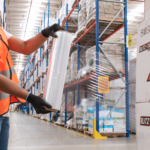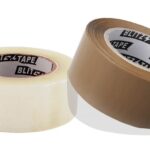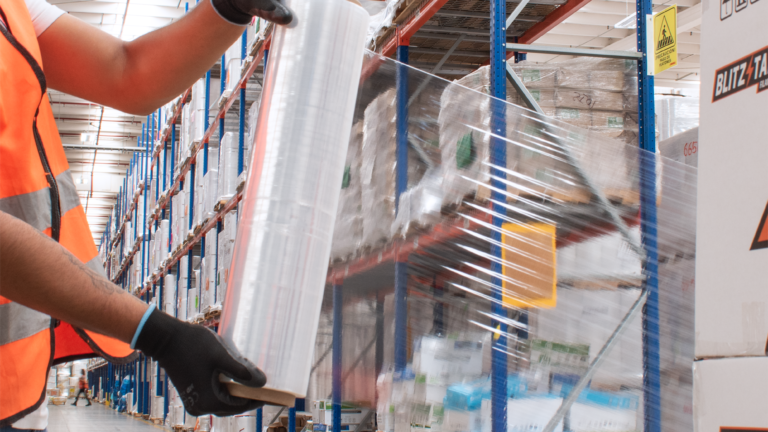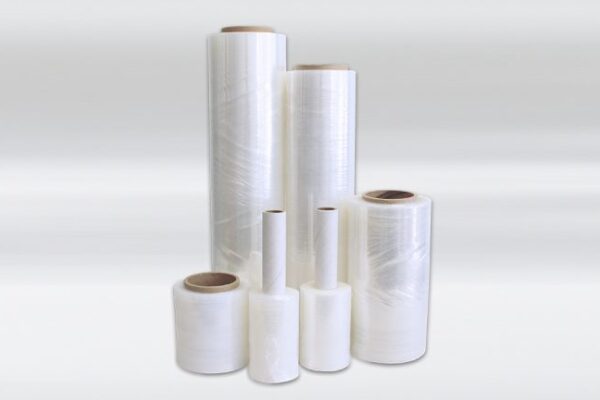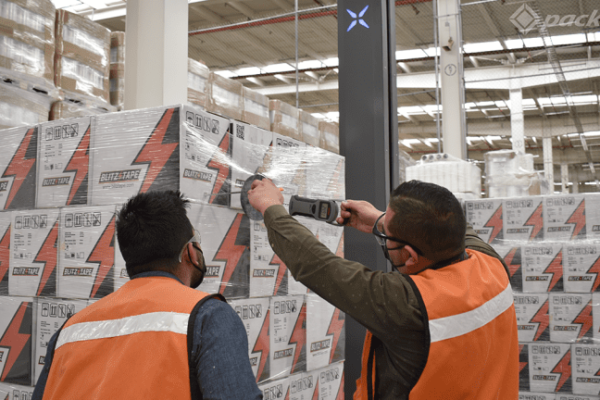When purchasing stretch film, three key measurements determine both performance and cost: width, gauge, and length. Understanding how these factors affect pricing can help you make smarter purchasing decisions and reduce your overall packaging costs.
Width of Stretch Film
Modern production equipment is optimized for standard widths of 18″ and 20″. These sizes maximize manufacturing efficiency by utilizing the full width of production machinery without creating waste.
While 15″ and 30″ widths can also be produced efficiently, non-standard sizes like 2″, 3″, 5″, 11″, 16″, and 22″ typically require secondary processing (cutting and rewinding) or create excess waste during production. These additional steps increase your costs significantly.
For specialized applications, 5″ mini-rolls serve as excellent alternatives to tape or strapping and are readily available from Packsys as standard inventory items.Pro Tip: For manual application, choose 18″ width. For machine (automatic) application, opt for 20″ width. Sticking with these standard sizes ensures your product is easier to manufacture and source, helping you avoid premium charges for special sizes.
Gauge of Stretch Film
Gauge measures the thickness of the film. In the US, we typically use the Imperial system, where gauge is expressed in hundred-thousandths of an inch. For example, 80-gauge film is 80/100,000 of an inch thick (approximately 20.3 microns in metric measurement).
Modern stretch films are remarkably thin, with advanced engineering allowing them to become increasingly thinner while maintaining or improving performance characteristics.
When film thickness (gauge) decreases, two factors affect price:
- Lower production rates: Thinner films reduce machine output (measured in pounds per hour), increasing production costs
- Premium materials: Maintaining strength in thinner films requires higher-quality resins, which cost more per pound
Pro Tip: Despite potentially higher cost per pound, thinner gauge films often reduce your overall expenses because you use less material. This means more square footage per roll and lower total costs. Always test to find the thinnest film that can safely secure your loads.
Roll Length
This seemingly straightforward measurement has a major impact on your costs, and it’s where many buyers make costly mistakes.
Shorter rolls cost more to produce per foot of film. This increased cost stems from:
- Reduced manufacturing efficiency when producing shorter rolls
- Higher core-to-film ratio – with shorter rolls, you’re paying more per foot for the cardboard core
A 1,300 ft roll might have a lower price than a 1,500 ft roll, but you’re actually paying more per foot of usable film. Shorter rolls also increase storage requirements, transportation costs, and waste management expenses while generating more landfill waste.
Pro Tip: Avoid rolls shorter than 1,500 feet to maximize value and reduce environmental impact.
The Bottom Line: Cost Per Pallet
The most important metric isn’t the cost per roll or pound, but how much you spend to securely wrap each pallet. A slightly more expensive film that offers better performance might actually reduce your overall packaging costs.
Whether you’re a current customer or not, our team is available to help you evaluate your stretch film options and optimize your packaging process. Contact us today for a personalized consultation!

